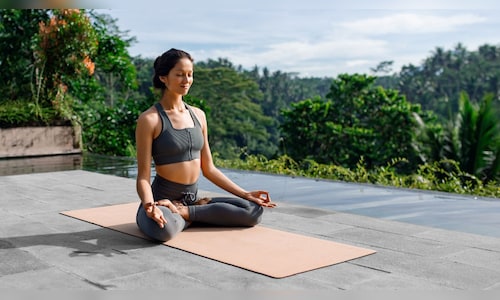
 1 / 10
1 / 10International Yoga Day is observed every year on June 21, commemorating ancient practices deeply embedded in Indian culture. This is an ideal time for beginners to embark on their yoga journey with some fundamental poses. Check out these 10 easy yoga postures. (Image: Shutterstock)

 2 / 10
2 / 10Vrikshasana | Commonly referred to as the “tree pose”, Vrikshasana enhances flexibility and balance while also strengthening the legs. To enter the pose, elevate both hands above your head and balance on one leg, placing the foot of the opposite leg on the inner thigh of the standing leg. (Image: Freepik)
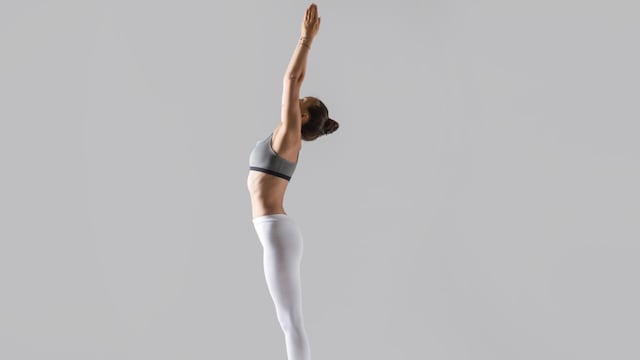
 3 / 10
3 / 10Tadasana | Tadasana, or the “mountain pose”, involves standing tall with both feet touching from heel to big toe while arms stretch upward along the body’s midline, hands interlocked above the head. Tighten your thighs and elevate your chest.
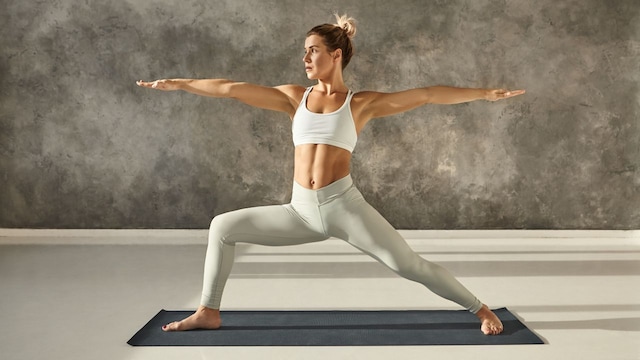
 4 / 10
4 / 10Virabhadrasana I | As the name suggests, it is a variation of the Virabhadrasana 1 pose. Begin by standing in a lunge-like position with one knee bent at almost a 90-degree angle and the other leg extended backward, so both feet create a right angle. Stretch your arms out horizontally. (Image: Karlyukav on Freepik)
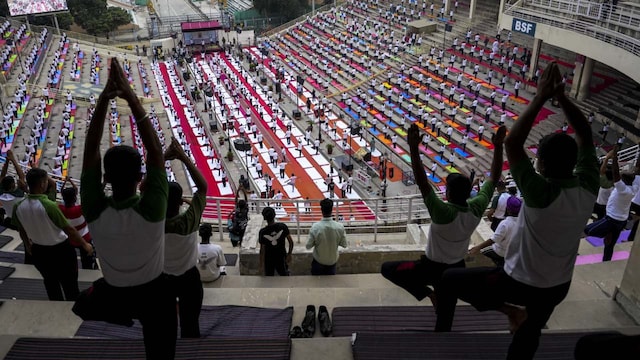
 5 / 10
5 / 10Uttanasana | Commonly known as the “standing forward bend”, Uttanasana begins in an upright position with both legs close together. Raise your arms vertically. Bend forward from the hips and reach for the ground or your toes while keeping your legs straight.
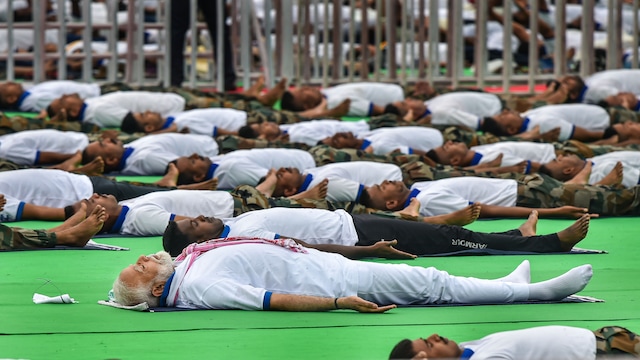
 6 / 10
6 / 10Shavasana | Shavasana, translating to “corpse pose” in English, is an accessible pose for beginners. Lie flat on your back on a smooth surface, resting your arms near your torso. Keep your eyes closed and position your legs comfortably.
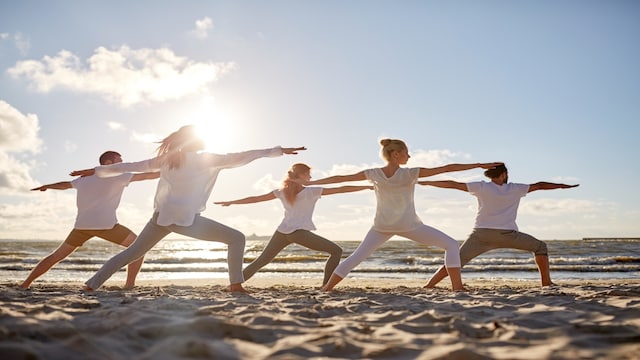
 7 / 10
7 / 10Utthita Trikonasana | The “triangle pose” involves spreading your feet wide and rotating one foot outward. Inhale while lifting both arms parallel to the ground and exhale as you reach down toward the ground with the hand that is over the outward-facing foot.

 8 / 10
8 / 10Sukhasana | Sukhasana, known as the “easy pose”, is aptly named, requiring the practitioner to sit on the floor with legs crossed and hands resting on the knees. This pose resembles a meditation seated position. Maintain a straight spine while doing it.
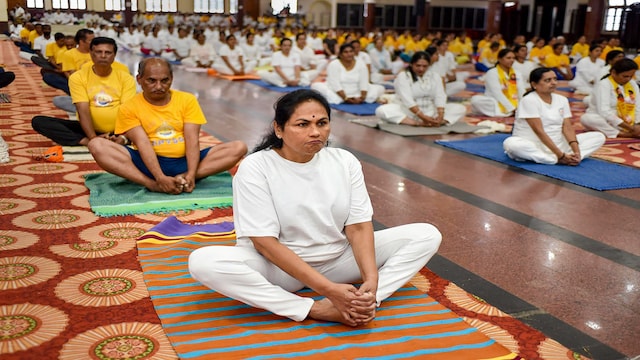
 9 / 10
9 / 10Malasana | Also called the “garland pose”, Malasana involves setting the feet apart at a distance greater than hip-width. Lower into a full squat while keeping the spine straight and bring your hands into a ‘namaste’ position.
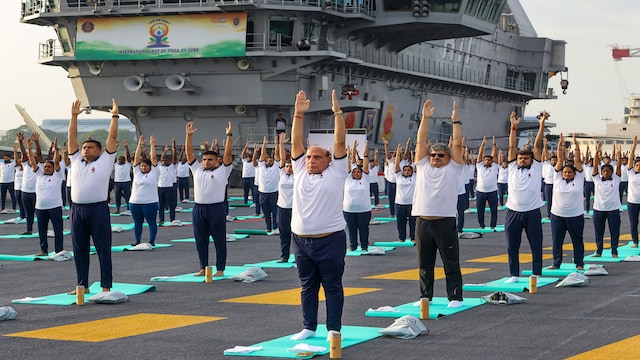
 10 / 10
10 / 10Urdhva Hastasana | To practice the “upward salute pose”, stand upright while gradually extending your arms over your head. Bring the arms together, palms touching to form a ‘namaskar mudra’. Hold the pose for several breath cycles.
